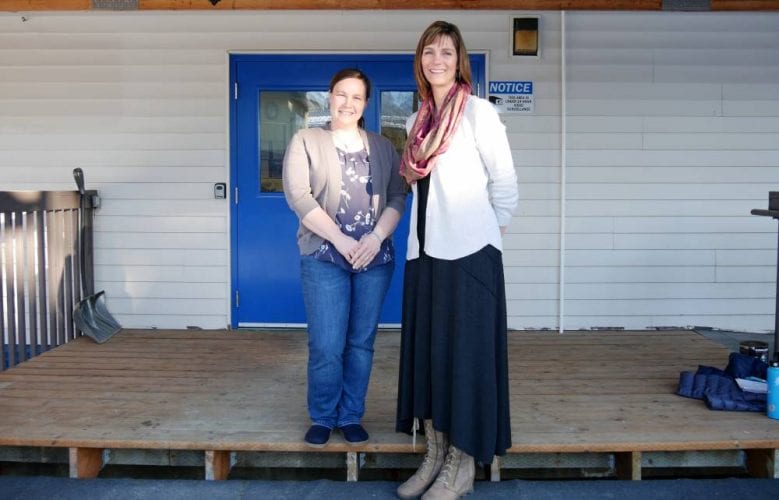
Petersburg School District has a better idea of how a $1.4 million state cut would affect the local schools. School officials have been digesting the proposed cut for nearly three weeks now and say the cuts would affect classrooms. KFSK’s Angela Denning has this update:
Petersburg School District’s Superintendent Erica Kludt-Painter is like a lot of school district leaders throughout the state. She’s been processing what she heard on February 13: that her school district could lose over $1.4 million. The figure was so large only one thing was initially clear.
“That huge of a reduction at this point in the game…there’s no other word for it than unacceptable,” Kludt-Painter said.
So now what?
“My analogy is trying to put a 100 piece puzzle together with 60 pieces,” said Finance Director, Karen Quitslund. “I mean it’s a challenge.”
While the Governor’s budget figures are just proposals that law makers will likely change the school district is looking at the “what ifs”. What if the education cuts stay in the budget? The district says they don’t have any fat to trim off because they’ve been working with a bare bones budget for years.
Mara Lutomski is the School Board President. She says the cuts would affect Petersburg classrooms because eliminating all of the other programs or what the state administration might call “extras” wouldn’t reach $1.4 million.
“The level of cut is just drastic.” Lutomski said. “We can add up activities, music, career technical, art, swim program, we can take all of those and not even hit a million dollars. So even if we took away all of our extras we would still then have to cut into our classrooms, as well, and that includes the educators that provide those programs.”
So, what if it’s less than a $1.4 million cut? Any slash in the budget would be very difficult, says Kludt-Painter. She says student activities are interconnected, many of them affecting and supporting each other. She says at this point the district needs community involvement for guidance on possible cuts and, in the process, she hopes residents are respectful of the differing perspectives that are out there.
“I just want us all as a community to be really careful about pitting things against each other,” Kludt-Painter said. “We want to be really clear and careful that we’re looking at the whole program and that we’re really trying to look at all of our kids in the community.”
Kludt-Painter says a district’s success is not just what shows up on traditional standardized tests. She says while there’s no system in place to quantify all of the schools’ programs they’re an essential part of the educational experience.
“How do you constitute kids on a helicopter doing a glacier survey? How do you constitute kids digging in the dirt in the garden? How do you talk about activity opportunities for kids that help them thrive and grow and learn how to get along with others and be responsible citizens?” Kludt-Painter said. “You know, those are not things that show up on a test.”
Right now, the school district is walking a line between not wanting to create a panic and wanting the public to speak out against the cuts. Administrators are responding to questions from residents about what they can do. So, they’re giving out some tips. Lutomski says because some law makers get over a hundred emails a day, long form letters aren’t as effective as short, personal messages. For example:
“’I do not support cuts to education.’ That’s fine,” said Lutomski. “You can just say that. You don’t have to say, ‘I’ve read the budget through and I understand this, that, and another thing,’ you can just say what you support and that’s fine.”
She tells people to put their town and their point right in the subject line. In the message, she says make just a few points and include your name and contact information. Local legislative information offices, like the one in Petersburg, have law makers contact information.
Kludt-Painter says the school district is also concerned about cuts to the ferry system, Medicaid, and the bond debt reimbursement program, which would have direct impacts to students. And right now, there’s no way to tell what cuts will stay and what will go.
“I know that causes a lot of disequilibrium,” she said. “That’s how I feel and I think that’s how a lot of people feel because each day it seems like there’s another slant on what’s happening.”
The school district is holding a community meeting about the state cuts Tuesday at 6 p.m. at the Wright Auditorium. District officials plan to explain how much different programs cost the school district and hope to hear from the public about their ideas.
The school district must have a budget to the state by July 15.











